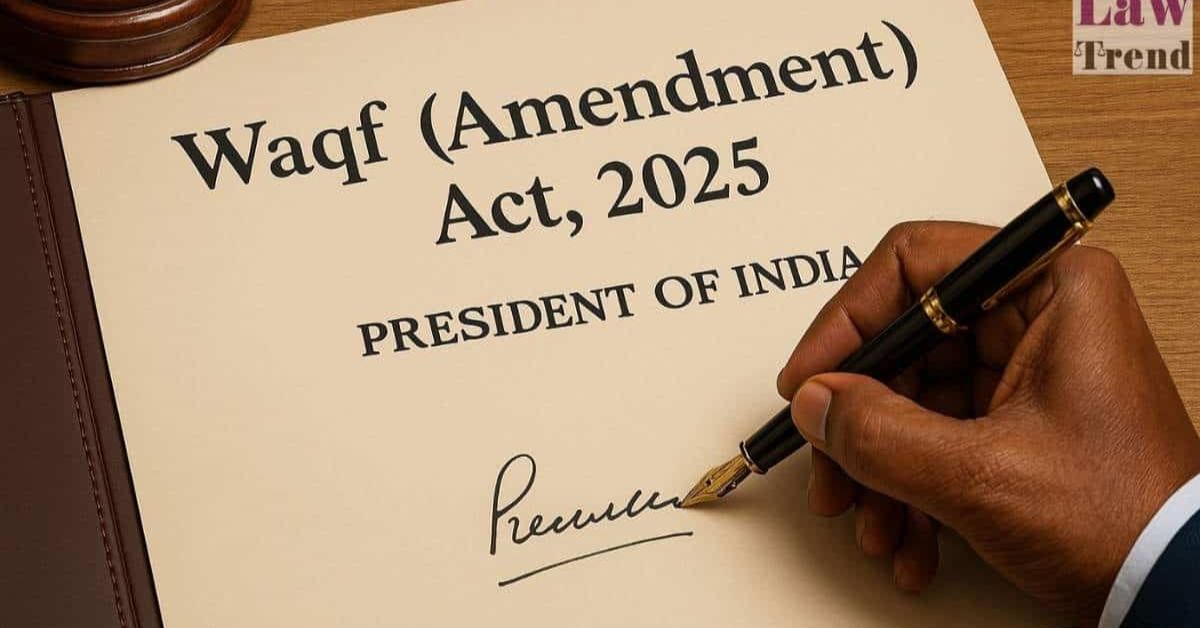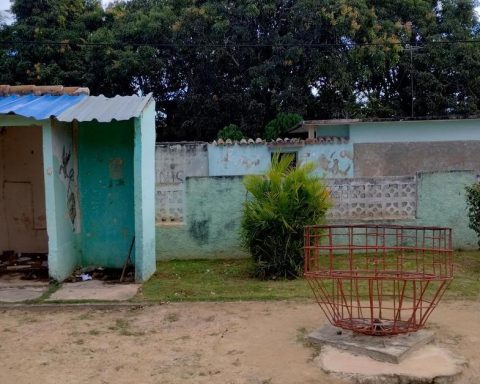The Waqf Amendment Act 2025 has ignited Heated National Debate, with the concept of ‘waqf by User’ Emerging as the focal point of legal and community concerning.
As The Supreme Court Scrutinises The New Law, Questions About The Future of Thousands of Longstanding Religious Prperties Across India Have Come To The Forefront.
What is ‘waqf by User’
‘Waqf by User’ is a legal concept that gathered Property as waqf-an Islamic endowment for religious or charitable purpose-base on its long-term, a interrupted use by the commune, Even If there is not formal deed or documentation.
For Instance, If a Mosque, Seveoyard, Or Madrassa you have been used for religious oritable activities over generations, it could be officially gathered as a waqf by its sustained public use, scardens of whether a written waqfnama (deed of endowment) exists.
This Principle has deep roots in Indian jurisprudent and was codified in the waqf Amendment act of 2013. Historically, Many Waqf Properties in India Were Establishment Centuries ago, Long Before Modern Land Registration Systems Existence, Making Formal Documentation Rare or Impossible Or Impossible For Older Sites.
WHY HAS ‘WAQF by User’ Become controversial?
The Waqf Amendment Act 2025 Removs The Provision for ‘Waqf by User,’ Meaning Properties Can No Longer Be pick up as waqf solely base on Long-Term Religious Religious Oritable Use. Now, Only Properties With Formal, Document Declarations of Waqf Status Will Be Eligible for Official Collection.
This Change has sparked concerning Among Religious Communities, Legal Experts, and The Supreme Court, Which has warned that thousands of historic religious religious properties could lose their protects status.
Critics Argue that the new requirement for documentation is unrealistic for many properties, specially tose establishing centuries ago. The Supreme Court Has Highlightd The Risk That Demanding A Registered Deed for Properties Like Mosques Or Severayards-Many of Which Predate British -ra Land Laws-COULD ERASSE THEIR WAQF STATUS AND OPEN THE DOOR TO LEGAL DISPUTES OR GOVERNMENT INTERNTUTION.
What Does The Supreme Court Say?
In Recent Hearings, The Supreme Court has ordered status quo on all waqf properties, including those collected under ‘waqf by user.’ The Court Has Questioned How Properties That Have Been Continuously Used for Religos Purpose But Lack Documentation Will Be Treated Under The New Law. The Government Has Assure the Court That No Waqf Properties, Including Those by User, Will Be De-Notified Until Further Hearings.
What’s at Stake?
According to Official Data, India you have over 870,000 Waqf Properties, with Nearly Half Collection as ‘Waqf by User.’ The Recalval of this Provision Could Impact the Legal Status of Hundreds of Thousands of Mosques, Severeyards, Dargahs, and other religious sites that have served communities for generations.
Supporters of the Amendment Argue that the reforms Will Modernise Waqf Management, Impleve Transparency, and Prevent Misuse. The Act Also introduce New Measures for Inclusive, Such as Mandating the Representation of Women and Non-Muslims on Waqf Boards, and streamling property region and dispute resolution.
However, The Fate of ‘Waqf by User’ Properties Remas Uncertain As The Supreme Court Continues to Review The Law’s Implications.


















